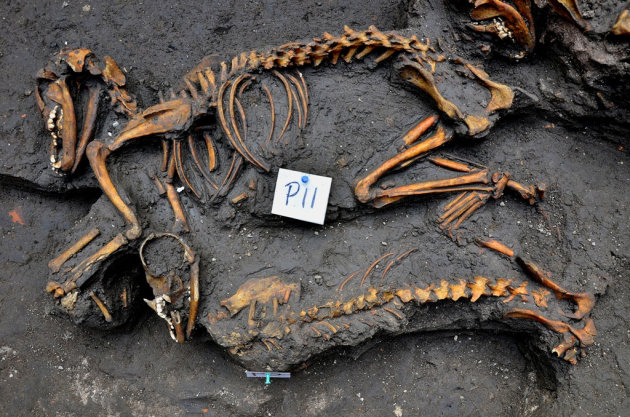Ain't nothing but a thing ...
Carolina Naturally is read in 195 countries around the world daily.
Don't forget to visit our sister blog: It Is What It Is
Some of our readers today have been in:
The Americas
Lima, Peru
Vancouver, Templeton, Thunder Bay, Ottawa, Mississauga, Byward Market and Montreal, Canada
Santo Domingo, Dominican Republic
Guaruja, Conchas, Brasilia and Porto Alegre, Brazil
The Bottom, Sint Eustatius and Saba
Tipitapa, Nicaragua
Santiago, Chile
Mexico City, Mexico
Buenos Aires, Argentina
Europe
Vinnytsya and Zhovti Vody, Ukraine
Vladivostok, Moscow and Ryazan, Russia
Constanta, Bucharest and Galati, Romania
Ostrava, Czech Republic
Koeln, Rothe Erde and Nuremberg, Germany
Madrid and Teo, Spain
Kalisz, Gdynia and Warsaw, Poland
Airdrie, Scotland
Dublin and Swords,Ireland
Torshavn, Faroe Islands
Aalst and Louvain-Neuve, Belgium
Copenhagen, Denmark
Paris, Salon-De-Provence, Rouen and Laval, France
Bratislava and Zilina, Slovakia
Bolzano-Bozen, Milan, Rome, Casavatore, Ivrea and Florence, Italy
Biggleswade, London and Woking, England
Ruse, Bulgaria
Sarajevo, Bosnia and Herzegovina
Amsterdam and Den Haag, Netherlands
Ljubljana, Slovenia
Chisinau, Moldova
Zagreb, Croatia
Riga, Latvia
Ankara, Turkey
Kista, Sweden
Oslo, Norway
Vienna, Austria
Asia
Jakarta, Samarinda, Medan and Depok, Indonesia
Esfahan, Iran
Karachi, Lahore, Peshawar, Quetta and Islamabad, Pakistan
Rafah, Palestine
Thiruvananthapuram, Bhubaneshwar, Amedabad, Mumbai, Pondicherry, Tumkur, Phagwara, Bhopal and Cochin, India
Kuala Lumpur, Selayang, Bayan Lepas, Melaka and Bandar Labuan, Malaysia
Quatre Bornes and La Dagotiere, Mauritius
Rangoon, Burma
Riyadh and As Sulayyil, Saudi Arabia
Khlong Toei and Bangkok, Thailand
Colombo, Sri Lanka
Tsukuba, Japan
Manama, Bahrain
Doha, Qatar
Patan and Kathmandu, Nepal
Petah Tikva, Israel
Africa
Johannesburg and Cape Town, South Africa
Madala, Nigeria
Lusaka, Zambia
Tunis Tunisia
Cairo and Al Jizah, Egypt
Rabat, Morocco
Pacific
Sampaloc and Cebu City, Philippines
Surrey Hills and Homebush, Australia




































